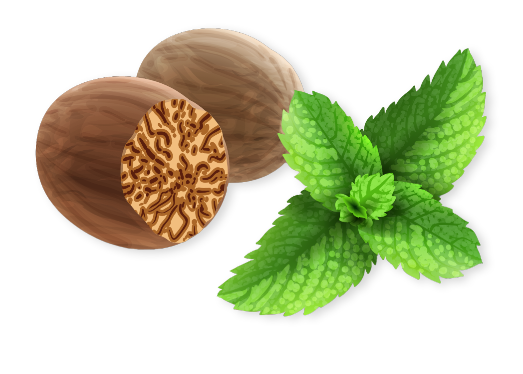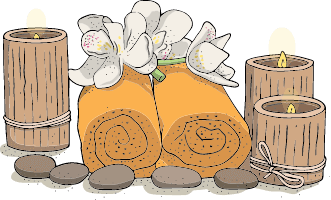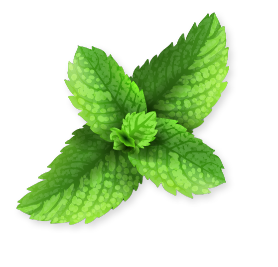Difference Between Rhinitis and Sinusitis
Wednesday, March 12, 2025Rhinitis and sinusitis are common conditions that affect the nasal passages and sinuses, leading to discomfort and breathing difficulties. While both involve inflammation in the nasal area, their causes, symptoms, and treatments differ significantly. Understanding these differences can help in choosing the right approach for relief and long-term management.
What is Rhinitis?
Rhinitis refers to the inflammation of the nasal mucosa, often caused by allergies, infections, or irritants. It results in a runny or stuffy nose, sneezing, and itching. Rhinitis can be classified into:
- Allergic Rhinitis: Triggered by allergens like pollen, dust, mold, or pet dander.
- Non-Allergic Rhinitis: Caused by environmental factors like pollution, smoke, or strong odors.
- Infectious Rhinitis: Often a symptom of the common cold or viral infections.
What is Sinusitis?
Sinusitis, or a sinus infection, occurs when the sinuses (air-filled cavities in the skull) become inflamed due to infections, allergies, or structural blockages. This leads to nasal congestion, facial pain, and thick mucus discharge.
Sinusitis can be categorized based on its duration:
- Acute Sinusitis: Lasts for up to four weeks, commonly caused by viral or bacterial infections.
- Chronic Sinusitis: Persists for more than 12 weeks, often due to nasal polyps or long-term inflammation.
- Recurrent Sinusitis: Multiple episodes occurring within a year.
Key Differences Between Rhinitis and Sinusitis
| Feature | Rhinitis | Sinusitis |
| Cause | Allergens, irritants, viral infections | Bacterial/viral infections, allergies, nasal blockages |
| Primary Symptom | Sneezing, runny/stuffy nose | Facial pain, pressure, thick mucus |
| Nasal Discharge | Clear and watery | Thick, yellow/green mucus |
| Facial Pain/Pressure | Absent or mild | Present, often intense |
| Fever | Rare | Common in bacterial sinusitis |
| Headache | Occasional | Frequent, due to sinus pressure |
| Duration | Can be seasonal or chronic | Usually resolves in days to weeks (unless chronic) |
Symptoms of Rhinitis
- Frequent sneezing
- Runny or blocked nose
- Itchy eyes, nose, or throat
- Postnasal drip (mucus dripping down the throat)
- Increased symptoms in certain environments (allergy triggers)
Symptoms of Sinusitis
- Facial pain, especially around the eyes and forehead
- Thick nasal mucus, sometimes with a foul odor
- Headache that worsens when bending forward
- Cough, especially at night
- Ear pressure or fullness
Treatment Approaches
Rhinitis Management
- Avoid allergens: If allergic, minimize exposure to pollen, dust mites, and pet dander.
- Nasal irrigation: Rinsing with saline can clear irritants and allergens.
- Antihistamines: Help reduce allergic reactions.
- Steam inhalation: Opens up nasal passages and soothes irritation.
- Immunotherapy: Allergy shots for long-term relief in chronic cases.
Sinusitis Management
- Hydration: Drinking warm fluids helps thin mucus.
- Nasal decongestants: Provide temporary relief but should not be overused.
- Pain relievers: Help manage sinus headaches and facial pain.
- Antibiotics: Needed only if the infection is bacterial.
- Warm compress: Relieves sinus pressure and congestion.
When to See a Doctor?
Consult a doctor if symptoms persist for more than 10 days, worsen despite treatment, or are accompanied by severe facial pain, high fever, or difficulty breathing, as timely medical evaluation can help prevent complications and ensure appropriate care.
You can write to us.
BOOK APPOINTMENT



























